Introduction to Pediatric Heart Disease
Childhood heart disease encompasses a broad spectrum of conditions ranging from congenital heart defects present at birth to acquired heart conditions developing later in childhood. As the most common birth defect in the United States, congenital heart disease affects approximately 1 in every 100 to 120 babies, equating to some 40,000 infants annually. Advances in diagnosis, treatment, and lifelong management have significantly improved outcomes, with a majority of children now surviving into adulthood. This article delves into the complexities of childhood heart disease, exploring causes, symptoms, diagnostic techniques, treatments, and the evolving field of pediatric cardiology that supports affected children and their families.
Understanding Congenital Heart Disease in Children
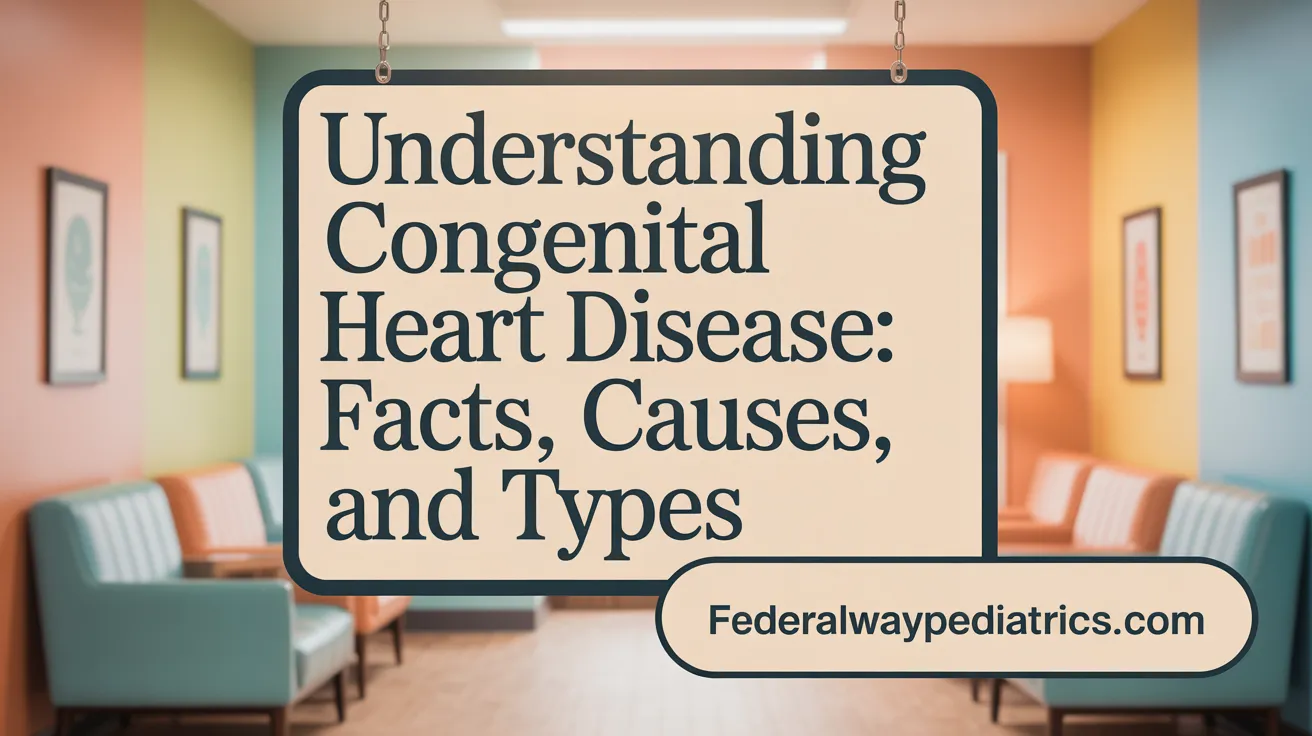
What are congenital heart defects and how common are they?
Congenital heart defects (CHDs) are structural problems with the heart or blood vessels present at birth. These defects affect the heart chambers, valves, arteries, or walls and disrupt normal blood flow and oxygen delivery. CHDs are the most common birth defects, impacting about 1 in every 100 to 1 in 120 babies born in the United States—roughly 40,000 infants annually. For more details, see Congenital heart defects in children.
What are common types of congenital heart defects?
Common congenital heart defects include:
- Atrial Septal Defect (ASD): A hole between the upper heart chambers allowing blood mixing.
- Ventricular Septal Defect (VSD): A hole between the lower heart chambers.
- Patent Ductus Arteriosus (PDA): A persistent opening between the aorta and pulmonary artery after birth.
- Coarctation of the Aorta: Narrowing of the aorta causing blood flow issues.
- Tetralogy of Fallot: Combination of four heart defects, including VSD and pulmonary obstruction.
- Transposition of the Great Arteries (TGA): Reversed major arteries affecting oxygenation.
- Hypoplastic Left Heart Syndrome (HLHS): Underdeveloped left heart structures.
You can find detailed explanations in Common Types of Heart Defects.
What causes congenital heart defects and what risk factors exist?
The exact causes of CHDs frequently remain unknown, but they are linked to a mix of genetic and environmental factors. Key risk factors include genetic syndromes like Down’s syndrome, maternal illnesses such as diabetes and rubella infection, use of certain medications during pregnancy, alcohol and tobacco use, maternal obesity, and family history of heart defects. Find comprehensive information on causes and risk factors at Causes of congenital heart disease.
What complications can arise from congenital heart disease?
Complications from untreated or severe CHD may involve congestive heart failure, irregular heart rhythms (arrhythmias), infections such as endocarditis, developmental delays, stroke, pulmonary hypertension, and mental health challenges. These issues require ongoing medical attention throughout the patient’s life. For more on complications and care, see Care for congenital heart defects.
How can congenital heart disease be prevented?
Prevention focuses on proper prenatal care: vaccinating against rubella, managing existing maternal health conditions effectively, and avoiding harmful substances including alcohol, smoking, and certain medications during pregnancy. Genetic counseling may be advised for at-risk families. Despite these measures, many CHDs have unknown origins, making complete prevention difficult but early detection critical for better outcomes. Additional details on prevention and prenatal care are available at Prevention of congenital heart defects.
Symptoms and Early Detection of Pediatric Heart Disease
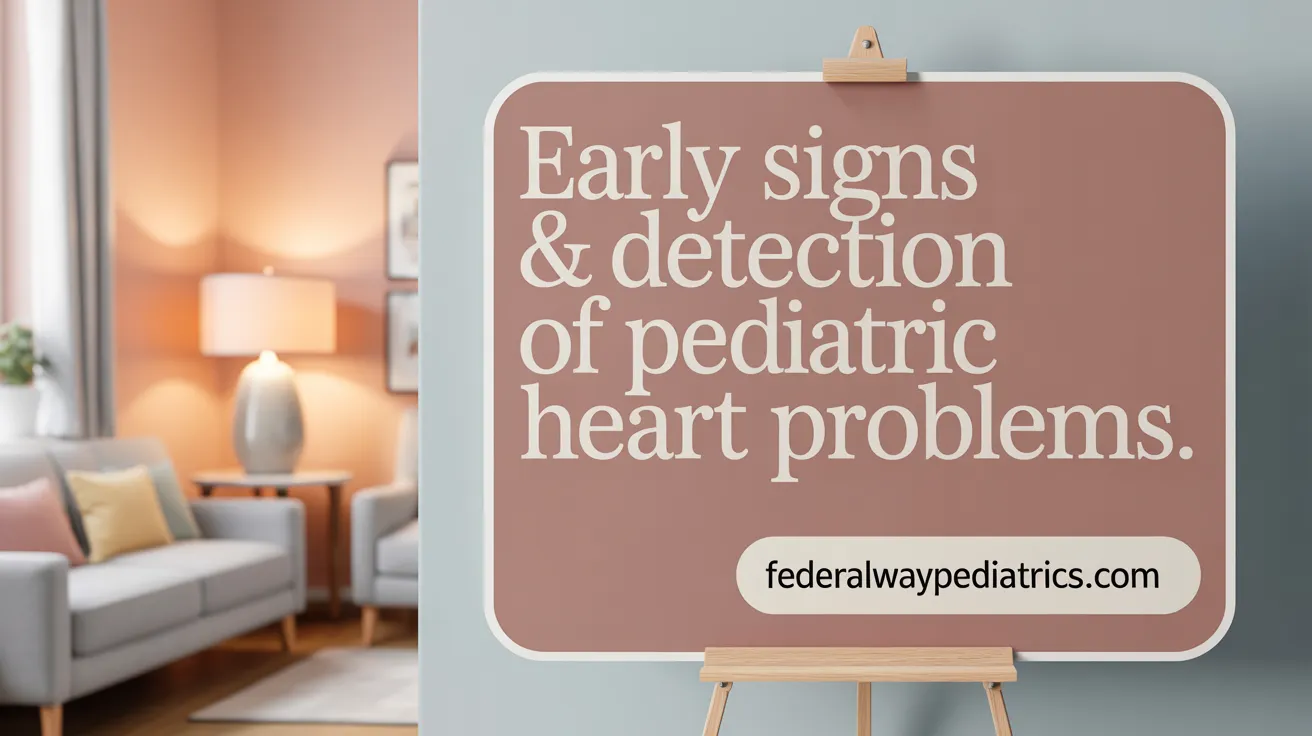
What symptoms might indicate a heart problem in infants and children?
Symptoms in newborns can include cyanosis, which appears as blue or pale skin, rapid breathing, difficulty with feeding, poor weight gain, and swelling in various parts of the body. As children grow older, signs of heart problems often manifest as shortness of breath during physical activity, fatigue, chest pain, palpitations, dizziness, fainting episodes, and swelling of the extremities. For more, see Symptoms of heart problems in children.
How are congenital heart defects detected?
Detection of congenital heart defects (CHDs) can begin prenatally with fetal ultrasound or fetal echocardiography, which can identify many heart abnormalities before birth. After delivery, newborns undergo pulse oximetry screenings to check oxygen levels, which can reveal critical congenital defects. Further postnatal diagnosis involves physical examinations including listening for heart murmurs, followed by more detailed tests such as electrocardiograms (ECG), echocardiography, chest X-rays, cardiac MRI, and in some cases, cardiac catheterization to assess heart structure and function. Additional information is available at Common Heart Defects and Diagnosis.
What is the significance of early diagnosis in pediatric heart disease?
Early detection of heart defects is pivotal as it allows for timely medical management, which can range from medication to surgical correction or catheter-based interventions. Routine newborn pulse oximetry screening has notably decreased early infant deaths from critical congenital heart disease by nearly one-third, preventing numerous fatalities each year. Prompt diagnosis ensures children receive appropriate care and monitoring to improve long-term outcomes and quality of life. For comprehensive details, refer to Early Diagnosis of Congenital Heart Disease and Care and Treatment for Congenital Heart Defects.
What is the role of a pediatric cardiologist?
Pediatric cardiologists dedicate their expertise to diagnosing and treating heart-related conditions in children. They perform comprehensive evaluations using advanced diagnostic tools and collaborate with surgeons and multidisciplinary teams for optimal care. Their role includes lifelong monitoring and management of heart conditions, guiding families through treatment options, and facilitating the transition of adolescent patients to adult congenital heart disease specialists when needed. For more on the role and training of pediatric cardiologists, visit What is a Pediatric Cardiologist? and Pediatric Cardiology Clinic.
Diagnostic Advances and Specialized Testing in Pediatric Cardiology
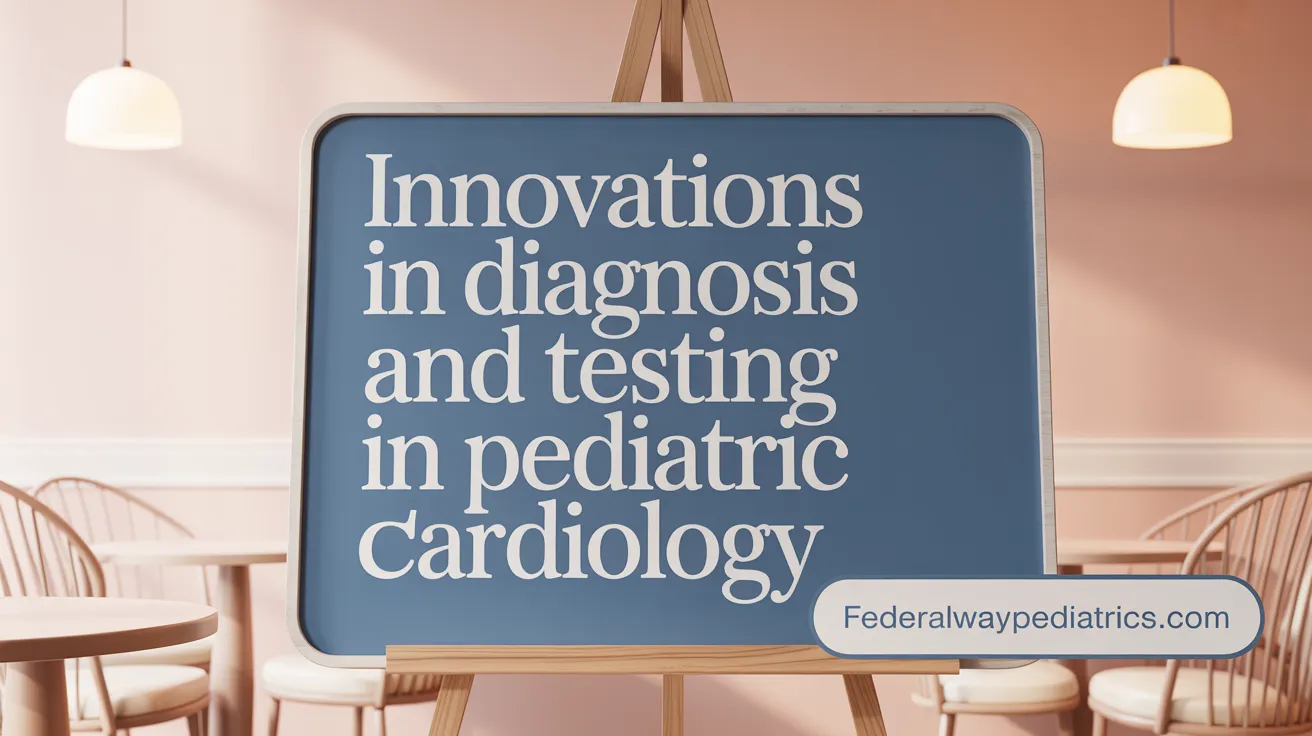
What diagnostic tools are used to evaluate childhood heart disease?
Children with suspected heart conditions undergo a range of diagnostic tests to assess heart function and structure. Commonly used tools include pulse oximetry, which measures blood oxygen levels; electrocardiogram (ECG or EKG), recording the heart's electrical activity; and echocardiography, including fetal echocardiograms that use ultrasound waves to produce heart images. Additional imaging techniques include chest X-rays for visualizing heart size and lung status, cardiac magnetic resonance imaging (MRI) providing detailed heart anatomy, and cardiac catheterization allowing direct pressure and oxygen level measurements inside heart chambers. Innovations such as 3D and 4D reconstructions, 3D printed heart models, and virtual and augmented reality systems enhance visualization and surgical planning.
How has prenatal diagnosis improved?
Prenatal diagnosis has dramatically advanced with fetal echocardiography capable of detecting heart abnormalities as early as 18 to 22 weeks of gestation. Early fetal imaging technologies enable clinicians to identify critical defects, sometimes leading to interventions before birth. Emerging mechanical support techniques like artificial placentas offer future potential to stabilize fetuses with severe heart defects, opening new pathways for managing conditions during pregnancy.
What are the benefits of non-invasive diagnostic methods?
Non-invasive diagnostic tests are essential in pediatric cardiology due to their safety and ease of use. Echocardiography and pulse oximetry, for example, are quick, painless, and do not expose children to radiation, making them ideal for early diagnosis and ongoing monitoring. These methods provide accurate assessments while minimizing patient risk and discomfort, helping clinicians tailor individualized care effectively.
When are invasive diagnostic procedures used?
Invasive procedures such as cardiac catheterization are typically reserved for cases requiring precise characterization of heart structure or function that non-invasive tests cannot fully elucidate. This procedure involves threading a catheter into the heart to measure pressures, oxygen saturation levels, and detailed blood flow patterns. It assists in making informed decisions about surgical or catheter-based interventions and is also therapeutic in certain scenarios.
Treatment Approaches and Innovations in Pediatric Heart Care
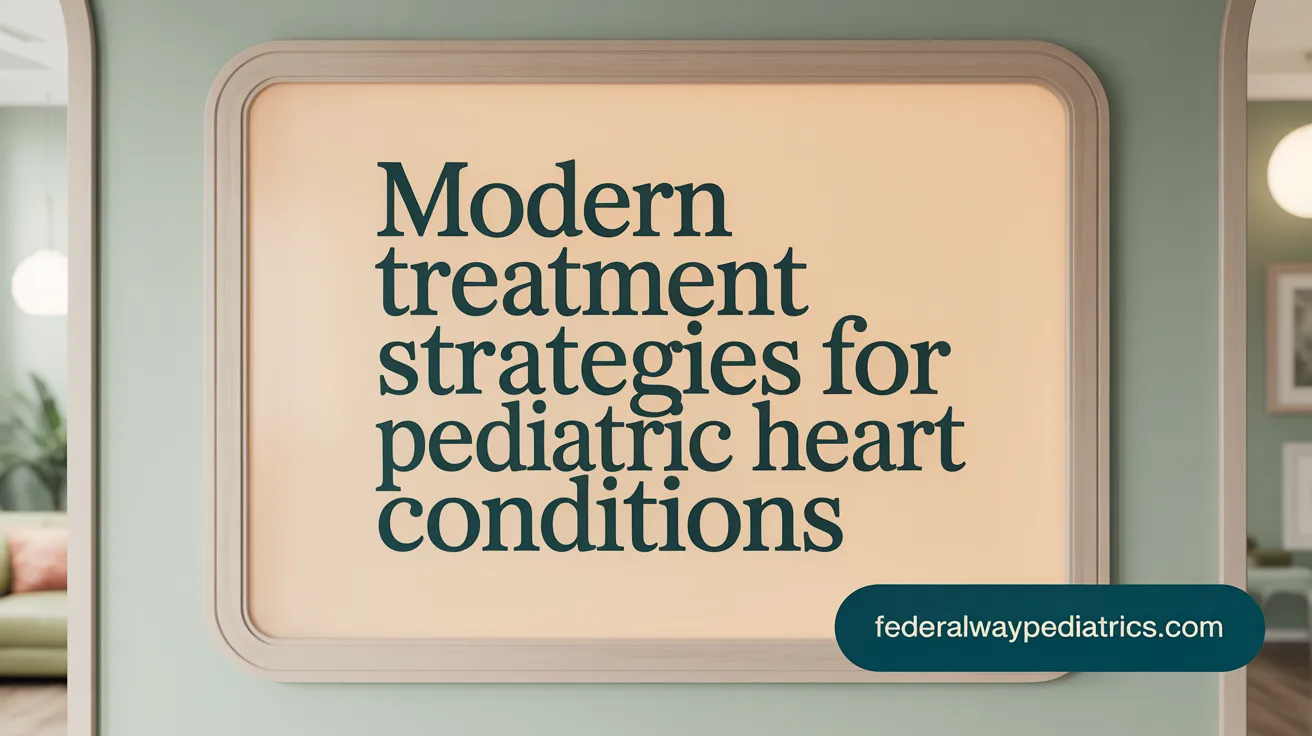
What treatment options are available for children with heart disease?
Treatment for pediatric heart disease varies widely based on the severity and type of defect. For minor cases, observation and periodic monitoring may suffice. Medications are frequently used to manage symptoms or stabilize conditions, including ACE inhibitors, beta blockers, diuretics, and anti-arrhythmics. When necessary, interventional procedures or surgery are employed to correct structural abnormalities or improve heart function.
How do catheter-based interventions benefit pediatric patients?
Catheterization represents a minimally invasive approach often preferred over traditional surgery when feasible. It involves threading a thin tube (catheter) through blood vessels to the heart to perform diagnostic or therapeutic procedures. These interventions are used to close holes between heart chambers (septal defects), open narrowed valves or vessels with balloon angioplasty, or place stents to maintain vessel patency. The benefits include shorter hospital stays, quicker recovery, less pain, and lower procedural risk compared to open-heart surgery, as detailed in the diagnosis and treatment of congenital heart defects.
What surgical approaches are commonly used?
Open-heart surgeries are essential for repair of complex congenital defects. Common surgical procedures include:
- Norwood, Glenn, and Fontan operations for single ventricle defects such as hypoplastic left heart syndrome
- Arterial switch surgery for transposition of the great arteries
- Closure of septal defects, valve repair or replacement
Surgery is often staged, especially in critical conditions, spanning from infancy to early childhood. Heart transplantation is reserved for end-stage heart failure when repair or palliation is not possible. More information on these surgical approaches can be found in congenital heart disease treatment options and pediatric cardiac surgery.
How is lifelong care managed?
Children with congenital heart disease require continuous monitoring throughout life. Lifelong care involves regular follow-ups with pediatric cardiologists during childhood and transition to adult congenital heart disease specialists as they mature. Specialized clinics provide comprehensive care addressing arrhythmias, cardiomyopathy, pulmonary hypertension, and post-transplant management. Care teams often include multidisciplinary specialists to support medical, developmental, and psychosocial needs of the patient and family, as outlined by children’s hospital pediatric cardiology programs and adult congenital heart disease care.
Multidisciplinary Teams and Patient-Centered Care in Pediatric Cardiology
How do multidisciplinary teams enhance pediatric cardiac care?
Pediatric cardiac care benefits greatly from multidisciplinary teams that include specialized pediatric cardiology team, pediatric cardiology leadership, pediatric cardiologists, cardiac surgeons, anesthesiologists, specialized nurses, geneticists, and therapists. These experts collaborate to deliver a comprehensive approach that spans diagnosis, advanced imaging, interventions, surgeries, and long-term management tailored to each child's unique condition and needs.
This coordinated care ensures that all aspects of a child's heart disease—from structural defects and rhythm disorders to genetic factors and developmental concerns—are addressed in an integrated manner. Multidisciplinary collaboration improves outcomes by leveraging specialist expertise and facilitating holistic treatment planning.
What support is available for families and caregivers?
Families facing pediatric heart conditions receive multifaceted support designed to ease their journey. Hospitals and clinics offer educational materials about diagnoses, treatments, and care processes. Patient portals enable scheduling, reviewing medical histories, and secure communication with care providers.
In addition, many centers provide counseling and psychological support services, as well as connections to support groups. These resources help families manage emotional stress, improve understanding, and empower caregivers with knowledge and practical assistance.
How does telehealth improve access to care?
Telehealth has become an essential tool in pediatric cardiology, expanding access to expert care beyond urban centers. Families in rural or underserved regions benefit from virtual consultations, enabling timely follow-up without the difficulties of travel.
Telehealth enhances patient safety and convenience, facilitates multidisciplinary team meetings with families, and supports ongoing monitoring. This approach helps ensure that children receive continuous, high-quality care regardless of geography. Children's Hospital Colorado and other leading centers offer telehealth pediatric cardiology services.
What considerations are involved in transitioning patients to adult congenital heart disease care?
Transitioning from pediatric to adult congenital heart disease care is a critical process focused on education, independence, and seamless coordination. Programs encourage patients to understand their conditions and treatment history, fostering self-management skills.
A successful transition involves consistent transfer of medical records and coordination among pediatric and adult cardiology teams. This continuity addresses the evolving health needs of young adults, helping maintain optimal heart health throughout adulthood. Rocky Mountain Pediatric Cardiology and other centers provide programs ensuring seamless pediatric to adult care transition.
Research and Genetic Insights Transforming Pediatric Cardiology
How has genetic research advanced understanding of pediatric heart disease?
Genetic research has revolutionized the understanding of pediatric heart disease by identifying specific gene mutations and genetic syndromes that contribute to congenital heart defects (CHDs) and cardiomyopathies. Advances in microarray analysis, DNA sequencing, and gene mutation detection allow clinicians to stratify patients by genetic risk. This knowledge informs personalized treatment and helps guide family counseling. For instance, syndromes like Down, Noonan, and Marfan are linked with distinct cardiac abnormalities, making genetic testing an essential tool in diagnosis and management (Genetic insights in congenital heart disease).
What innovations in imaging and procedural planning are impacting care?
Pediatric cardiology care benefits substantially from cutting-edge imaging and planning tools, including 3D echocardiography and fetal cardiac MRI. These modalities enable detailed visualization of heart structure even before birth, supporting early diagnosis and intervention planning. Virtual and augmented reality technologies enhance surgeon training and intraoperative guidance. Computational modeling using MRI data predicts hemodynamics and guides catheter-based interventions. Together, these innovations improve the precision and safety of treatments for complex heart conditions (Advancements in pediatric cardiology imaging).
What role do clinical trials and registries play?
Clinical trials and patient registries are vital for advancing pediatric cardiology by collecting long-term outcome data and assessing treatment efficacy. Registries like the Pediatric Heart Transplant Study (PHTS) and the NPC-QIC consortium track patient progress, enabling research on rare conditions such as single ventricle physiology. These platforms support evidence-based practice, optimize surgical timing, and facilitate the development of novel therapies. Moreover, regular data analysis helps identify best practices and improve quality of care nationwide (Pediatric Cardiology Research).
What are emerging areas in pediatric cardiology research?
Future research directions focus on personalized medicine approaches using genetic information to tailor therapies. Non-invasive methods for transplant rejection surveillance, such as donor-derived cell-free DNA testing, reduce risks. Investigations into neurodevelopmental outcomes address long-term quality of life for CHD survivors. Mechanical circulatory support devices and fetal interventions offer new avenues for treating severe conditions early. Additionally, clinical trials aim to improve management of heart failure and complications in Fontan circulation, enhancing survival and functional status for children with complex heart disease (Pediatric cardiology research and treatment advances, Pediatric Cardiology Research, Pediatric Congenital Heart Talks video series).
Living with Pediatric Heart Disease: Quality of Life and Long-term Management
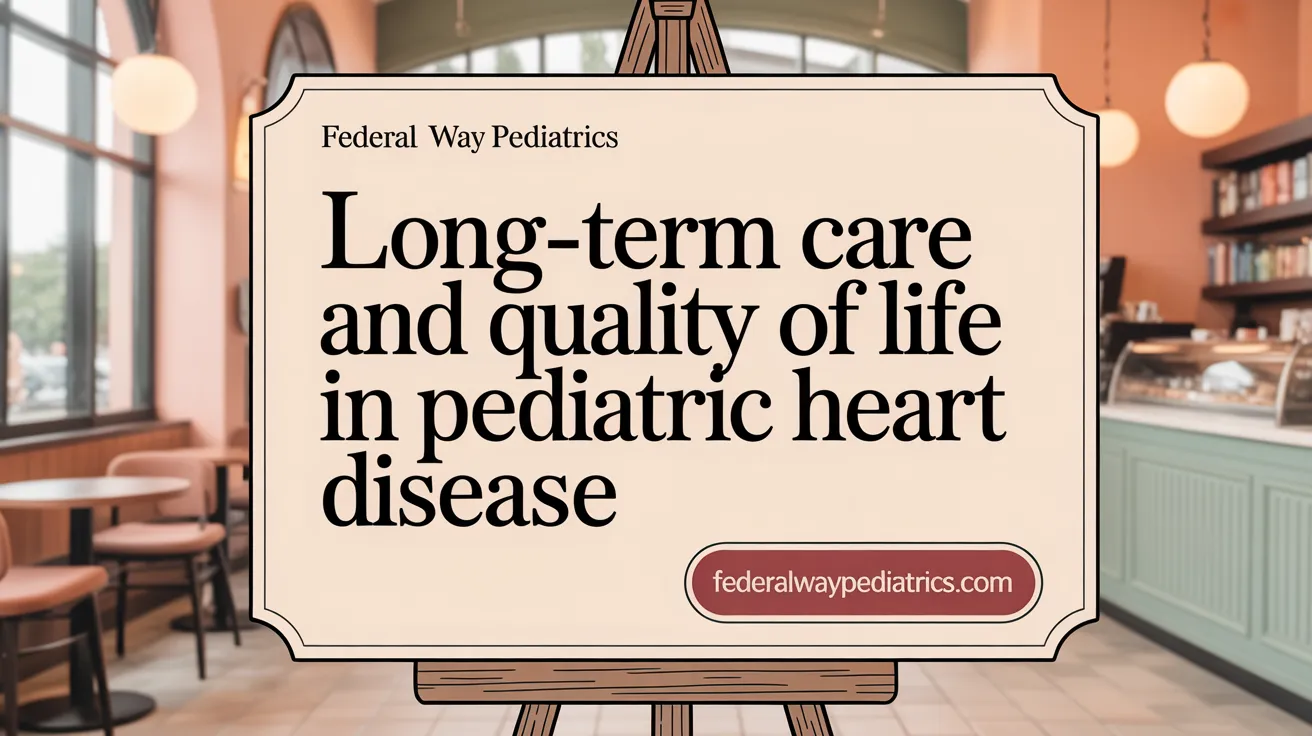
How does pediatric heart disease affect quality of life?
Children with heart disease often face physical limitations such as fatigue and symptoms that restrict daily activities and participation in social events. The impact extends beyond physical health; psychological and social challenges arise from coping with chronic illness and frequent medical procedures. For more details on the Quality of Life and Congenital Heart Disease in Childhood.
What tools assess quality of life in children with heart disease?
Health-related quality of life (HRQoL) in children with heart conditions can be evaluated using standardized tools like the Pediatric Quality of Life Inventory (PedsQL) and disease-specific measures. These instruments assess physical health, emotional well-being, social functioning, and school performance to provide a comprehensive picture of a child's quality of life. See also insights on Health-Related Quality of Life in Children with CHD.
Why is lifelong monitoring important?
Lifelong follow-up care is essential for children with heart disease to identify and manage complications early. This continuous monitoring helps address residual heart defects, guides treatment adjustments, and supports healthy growth and development over time. Refer to information on Long-term management of congenital heart defects.
What role does family and social support play?
Robust family involvement and social support networks are crucial for children coping with heart disease. Parental support and effective coping strategies aid resilience and adaptation, greatly improving the child's overall well-being and quality of life. For support and more, see Pediatric Congenital Heart Disease Resources.
Regular medical checkups combined with a healthy lifestyle—balanced nutrition, age-appropriate physical activity, and emotional support—form the foundation of long-term care in pediatric heart disease, empowering children to lead fulfilling lives despite their condition. Additional support can be found through resources like Children's Healthcare of Atlanta Cardiology.
Conclusion: Advancing Care and Hope in Pediatric Cardiology
The field of pediatric cardiology continues to advance rapidly, driven by improved diagnostics, innovative treatments, and a deeper genetic understanding of childhood heart disease. Children affected by congenital and acquired heart conditions benefit from comprehensive, multidisciplinary care that spans from fetal diagnosis to adulthood. Lifelong management tailored to individual needs, supported by family-centered care and cutting-edge research, ensures that many children with heart disease can enjoy improved health and quality of life. Ongoing collaboration among clinicians, researchers, patients, and families remains essential in transforming challenges into hope and continued progress in pediatric heart care.
